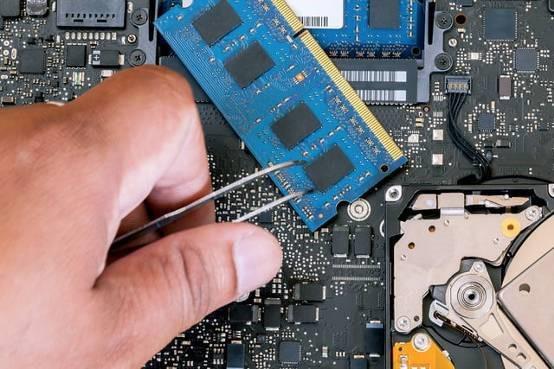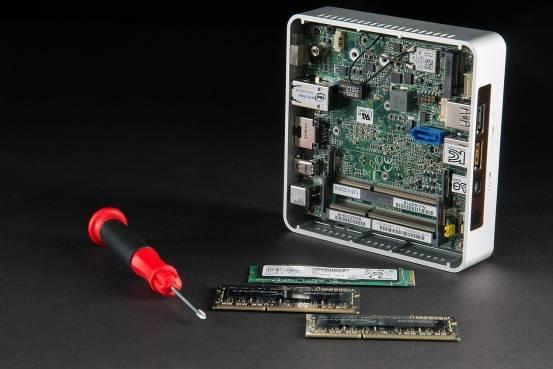Misunderstanding of RAM: more is better! Let me tell you how to choose the memory.

Random Access Memory, shortened to “RAM” or “running memory”, is one of the most important components of any computer device. But as users, how much RAM do we need? Current new PCs and similar devices range from 2GB to 16GB — or more. Therefore, how much RAM to choose is also a science.
The storage of required memory mainly depends on two factors: What you want to do and how much you’re willing to spend. Today, let us figure out how much RAM is most suitable for different desktop operating systems such as Windows, MacOS, or Chrome OS.
RAM Introduction
Many people will mix up running memory and storage capacity. Sometimes manufacturers and distributors will deliberately confuse these concepts, making consumers feel confused.
To figure out their relationship, a desk is a useful analogy to consider the difference between memory and storage. We can image RAM as the top of the desk. The bigger it is, the more books you can spread out and read. However, hard drives are more like the drawers underneath the desk, capable of storing papers you’re not using.
The more RAM our system has, the more programs it can handle simultaneously. RAM is not the only factor determining performance. But if you want to open dozens of applications at the same time, the speed of the device can’t meet the requirements when RAM is not enough, even though other configurations are high.
A computer with more RAM can indeed make it faster, but it also has a upper limit and a standard. If you just put a few sheets of paper, then the desktop is too big to use. The same is true for RAM. The size of RAM can be as long as it can meet our daily needs, so we must have a clear measure of our needs.
Standard RAM shouldn’t be confused with graphics memory, which is about graphics processor performance. High-end graphics cards have VRAM, which is graphics memory, usually a technology such as GDDR5. Current RAM is usually DDR3 or DDR4. Although it sounds confusing for most ordinary people, few people will confuse VRAM with RAM. Therefore, no special instructions are required.
RAM-heavy applications

Programs tend to use more RAM as they increase in complexity. A chat program or a game like Minesweeper will use almost no RAM. While a gigantic Excel spreadsheet, or a huge Photoshop file usually consume RAM of 1GB. The professional engineering software is a big consumer of RAM. Meanwhile, large 3D games always create big challenges for RAM.
How much RAM do you need? Here are some guidance references:
2GB: Only suitable for tablets or entry-level Chromebook laptops;
4GB: Entry-level Windows and macOS system devices, but it's pretty good for Chromebooks;
8GB: Mainstream Windows and MacOS device standards, able to run daily operations smoothly;
16GB: Professional users and game players;
32GB: Enthusiasts and professional workstations.
RAM for tablets

- 2019-12-16
- Price boom to slump? Looking at RAM price change from the perspective of information dissemination
- 2019-10-07
- The solid state disk is under the impact again for its consecutive falling price in 2019.
- Will you partition your hard drive/SSD now?
- 2020-06-07
- This article is for a discussion on the operation of partitioning the available space in hard drive/...
- A class action lawsuit on mixed Western Digital SMR hard drives will be filed in the United States and Canada
- 2020-06-07
- Although Western Digital takes measures to solve the problem of mixed SMR hard disk in WD Red. Two l...
- As the strong demand for data centers, NAND flash memory industry's Q1 revenue in 2020 increases by 8.3%
- 2020-05-31
- The bit shipments of NAND flash memory in the first quarter of 2020 are flat compared with the previ...
- Nanya predicts the contract price of DRAM market in the third quarter will have further increase
- 2020-05-31
- The low price of memory has passed. The DRAM prices will continue to be bullish in the next quarter,...
